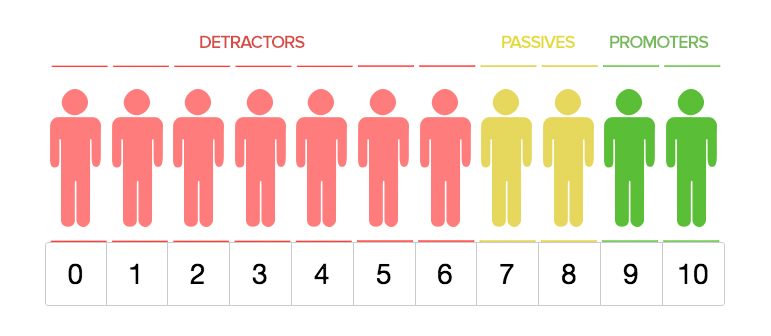Text Classification: Applications and Use Cases
Learn about the current and emerging applications of text classification, the activity of labeling natural language texts with relevant categories from a predefined set.
Join the DZone community and get the full member experience.
Join For FreeText analysis, as a whole, is an emerging field of study. Fields such as marketing, product management, academia, and governance are already leveraging the process of analyzing and extracting information from textual data. In a previous post, we discussed the technology behind text classification, one of the essential parts of text analysis. Text classification, or text categorization, is the activity of labeling natural language texts with relevant categories from a predefined set. In layman's terms, text classification is the process of extracting generic tags from unstructured text. These generic tags come from a set of predefined categories. Classifying your content and products into categories help users to easily search and navigate within website or application.
The knowledge products that can be generated using text analysis are capable of being deployed to anybody’s desk. — Steve Gardner, CEO, RowAnalytics
In this post, let’s talk about the current and emerging applications of text classification. We have been using text classification to simplify things for us for a long time now. Classification of books in libraries and segmentation of articles in news are essentially examples of text classification. Adding AI tech to it, the process becomes automated and simpler with minimum manual work. The concept of using AI to classify text has been around for a fair amount of time — does automated filtering/labels in Gmail ring a bell?
It can essentially be used whenever there are certain tags to map to a large amount of textual data — especially in marketing, as it has moved from search engines to social media platforms where real communication between brands and users take place. As marketing is becoming more targeted, marketers are using personalization to drive better engagements. Thus, listening to user conversations and analyzing them becomes a must-do task for marketers.
Classification can be done on any set of data. The ability of text classification to work on a tagged dataset (in the case of a CRM automation) or without it (reading social sentiments online) just opens up the spaces where this technology can be implemented.
Applications and Use Cases
- Tagging content or products using categories as a way to improve browsing or to identify related content on your website. Platforms such as e-commerce, news agencies, content curators, blogs, and directories can use automated technologies to classify and tag content and products.

- Text classification can also be used to automate CRM tasks. The text classifier is highly customizable and can be trained accordingly. The CRM tasks can directly be assigned and analyzed based on importance and relevance. This reduces manual work and thus is highly time-efficient.

- Text classification of content on the website using tags helps Google crawl your website easily, which ultimately helps in SEO. Additionally, automating the content tags on your website and app can make the user experience better and help standardize it. Another use case for marketers would be to research and analyze tags and keywords used by competitors. Text classification can be used to automate and speed up this process.

- A faster emergency response system can be made by classifying panic conversation on social media. Authorities can monitor and classify emergency situations to make a quick response if any such situation arises. This is a case of very selective classification. You can check out this study to read an elaborate post on one such emergency response system.

- As marketing is becoming more targeted every day, automated classification of users into cohorts can make the marketer’s life simple. Marketers can monitor and classify users based on how they talk about a product or brand online. The classifier can be trained to identify promoters or detractors, thus helping brands serve cohorts better.

- Academia, law practitioners, social researchers, government, and non-profit organizations can also make use of text classification technology. As these organizations deal with a lot of unstructured text, handling the data would be much easier if it were standardized by categories/tags.

Text classification brings automation and simplification to the table. It is astonishing to see how the likes of marketers, product managers, designers, academicians, and engineers can all make use of this technology. The whole idea of technology is to make life simpler. Classifying large amounts of textual data helps in standardizing the platform, makes search easier and relevant, and improves user experience by simplifying navigation.
Remarkably, machine intelligence and deep learning are planting roots in most unimaginable and orthodox areas, as well. We may not have the concrete formula for flying cars hovering over the grounds as every 60s kid predicted, but certainly, we have one for taking cars under the ground. The times are a-changing and they are exciting. Who knows what the future of applications might hold thanks to text analysis?
Published at DZone with permission of Shashank Gupta, DZone MVB. See the original article here.
Opinions expressed by DZone contributors are their own.

Comments